Fleurs du Mal Magazine


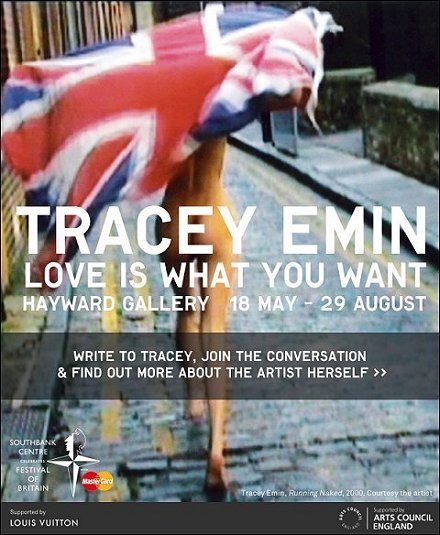
Hayward Gallery London
TRACEY EMIN
Love is what you want
until August 29, 2011
Tracey Emin is one of Britain’s most celebrated contemporary artists. This major survey exhibition covers every period of her career, revealing facets of the artist and her work that are often overlooked. The exhibition features painting, drawing, photography, textiles, video and sculpture, in works that are by turns tough, romantic, desperate, angry, funny and full of longing. Seldom-seen early works and recent large-scale installations are shown together with a new series of outdoor sculptures created especially for the Hayward Gallery.

Since the early 1990s, Emin (b.1963) has used her own life as the starting point for her art, exposing the most harrowing and intimate details of her personal history. Sometimes confrontational or sexually provocative, her work resonates with the ‘personal political’ legacy of feminist art while at the same time speaking to relationships in general. Disarmingly frank and yet often profoundly private, much of Emin’s art – as this show makes clear – is also animated by her playful and ironic wit.
This show features works containing explicit images and words. Under-16s must be accompanied by an adult.
BLANKETS
Tracey Emin’s large appliquéd blankets overflow with words and phrases and are collaged from fabrics that have special meaning for her. The complex arrangement of applied letters and inscriptions has analogies with news design, with headlines and patches of handwritten texts spread across the work like print on a newspaper page. Reminiscent of banners paraded in religious, civic and political processions, Emin’s blankets contain many different voices, with topics ranging from incidents in her own life to concerns with events in the wider world.
NEONS
Tracey Emin uses neon to illuminate emotions, memories, feelings and ideas in graphic messages, sentences and poems. While neon has its seedy connotations, Emin finds it sexy: ‘It’s spangly, it’s pulsating. It’s out there, it’s vibrant.’ Translating handwriting and drawings into blown and bent neon tubing presents technical challenges,and the choice of words or images is crucial: ‘Not everything warrants being made in neon. It has to be specific. Neon is light, so, can you live with this thing glowing and the chemicals moving all the time?’
FILMS
Tracey Emin’s narratives and fantasies sometimes find their most appropriate expression in film. Mostly made in low-tech formats, their content veers from tragedy to comedy, from candid documentary to absurd flights of fancy. In How It Feels (1996) she recounts the details of a botched abortion and its physical and emotional aftermath, while in Love is a Strange Thing she is propositioned by a drooling dog. Her home town of Margate, and Cyprus, where her father is from, are locations for other short films about rites of passage in which music plays a prominent part.
MEMORABILIA
Tracey Emin’s family and friends are celebrated in many of her works. They often feature in assemblages that combine objects and ephemera along with handwritten texts. These narratives speak directly about their subjects – her maternal grandmother, her father – and the relics displayed. The earliest of them formed a ‘Wall of Memorabilia’ in her first solo exhibition, My Major Retrospective, in 1993. In 2003, Emin returned to using memorabilia in her art. Her exhibition Menphis featured framed ephemera and text memorialising different moments in her life, from childhood to adulthood.
DRAWINGS
Tracey Emin’s drawings are the mainstay of her art. They are in fact monoprints, a technique which involves drawing in reverse, through the back of the paper. Emin likes it ‘because you never know what the print’s going to be like when you turn it over.’ Her characteristic graphic line finds its expression in almost every medium she uses, including needlework. She explains that ‘through my embroideries, the line I draw is accentuated and extreme, which complements the way that I think.’
PAINTINGS
Tracey Emin describes her intimate, small-scale paintings as both ‘pretty and hard-core’. Though the subject is the artist herself, these more or less abstracted, often faceless images portray states of mind rather than physical likenesses. Admitting that she confronts herself with ‘apprehension and fear’, Emin goes on to say: ‘I try to detach myself from what I’m looking at, but at the same time I know exactly what I’m looking at. I’m looking at me in the most intimate way, which I don’t really want to look at or really think about, but try to come to terms with.’
SCULPTURE
‘I want to make sculptures that look like they’ve just landed,’ Tracey Emin has said. ‘Something conjured from my imagination.’ She makes sculpture in many media, but has a special affection for wooden structures: ‘Wood can be really grand, but it can also be small and intimate. Wood can be weathered, it’s got a history.’ Knowing My Enemy (2002), a partially-collapsed pier with a hut at its end, pays homage to her father. Other sculptures in the exhibition reflect the everyday tensions of love, or evoke disparate, dysfunctional families.
WRITING
Tracey Emin has said that writing is the backbone of everything she does. ‘I’m not known as a text-based artist, but I should be really,’ she points out. ‘It’s my words that actually make my art quite unique.’ Lettering and handwritten texts take centre stage in her blankets, neons and memorabilia works and act as voiceovers in her graphic art, while spoken narratives are a feature of her films and videos. A published author and newspaper columnist, Emin makes direct and powerful statements and observations, tells stories, plays with language, and writes poems and love letters.
Southbank Centre/Hayward Gallery London
TRACEY EMIN
Love is what you want
≡ Website southbank centre Hayward Gallery
fleursdumal.nl magazine
More in: Exhibition Archive, FDM in London, Sculpture
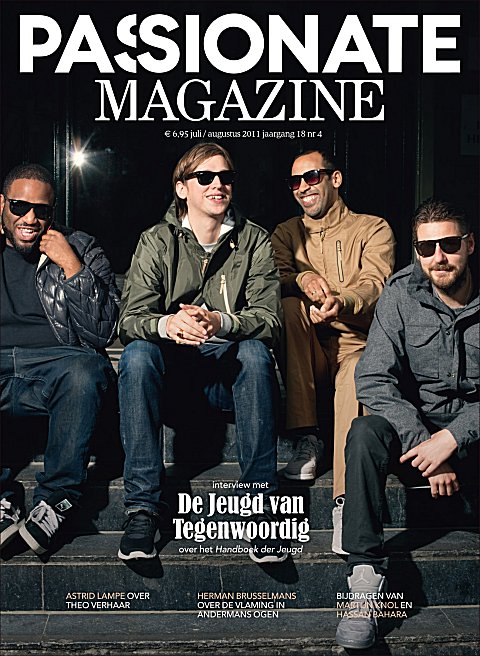
‘Uitgebeende gedichten’ van Theo Verhaar
en het Handboek der Jeugd
Wat hebben De Jeugd van Tegenwoordig en Theo Verhaar gemeen? Ze hebben een link met de negentiende eeuwse dichter Robert Browning: less is more. De Jeugd van Tegenwoordig, de coverstars van de nieuwe Passionate Magazine, vertellen over hun rapteksten die ontstaan door woorden te stelen, woorden aan elkaar te plakken en dialecten te vergroten. Aanleiding is het verschijnen van het Handboek der Jeugd met hun verzamelde teksten.
Theo Verhaars poëzie kenmerkt zich door ‘uitgebeende gedichten’ met een filosofische inslag. Erik Brus schrijft over Theo Verhaar naar aanleiding van het onlangs verschenen Alle gedichten. Astrid Lampe wijdt een persoonlijk essay aan haar in 1999 overleden dichtersvriend.
Herman Brusselmans schrijft over de Vlaming, gezien door andermans ogen. Dit beeld blijkt niet al te vleiend te zijn, maar ook de niet-Vlaming heeft zo zijn gebreken. Merijn de Boer, Jasper van Buren en Hassan Bahara dragen bij met verhalen, Myrte Leffring met gedurfde poëzie. Op de vooravond van zijn nieuwe roman Alles kan kapot schrijft Martijn Knol over zijn favoriete songtekst: ‘Schijt aan regels’ van Mooi Wark.
Literariteiten en online recensies: Voor de liefhebbers van Literariteiten is het vernieuwde Passionatemagazine.nl een uitkomst. Elke woensdag brengt schrijfster Hanneke Hendrix actuele, grappige of originele wetenswaardigheden over de hedendaagse literatuur. Bovendien is de redactie gestart met het plaatsen van online boekrecensies voor eenieder die op de hoogte wil blijven van de trends in de literatuur en nieuwe boeken voorgeschoteld wil krijgen die het lezen écht waard zijn.
Passionate Magazine is een eigentijds magazine dat je op een journalistieke en niet-elitaire manier op de hoogte houdt van proza, poëzie, columns, strips, recensies, events en meer. Vind ons ook op Facebook en Twitter!
Passionate Magazine
Juli/Augustus 2011
Jaargang 18, nummer 4
Abonnement: € 35 (6 edities) Losse verkoop: € 6,95
Passionatemagazine.nl
Facebook: Passionate Magazine
Twitter: #Passionatemag
Losse verkoop: verkrijgbaar bij de betere boekhandel en online op passionatemagazine.nl
fleursdumal.nl magazine
More in: Lampe, Astrid, Magazines
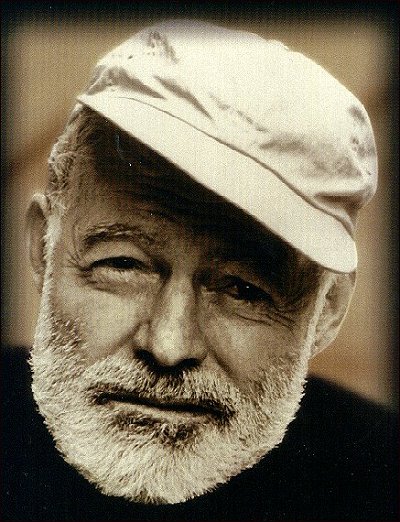
The real ‘Papa’ Ernest Hemingway
The Hemingway Look-Alike Society
The Hemingway Look-Alike Society is much more than a bunch of “portly gray bearded old men”. Several years ago the society sought a way to honor the name of Ernest Hemingway while at the same time seeking a higher purpose for this wonderful group of bearded men who gather together every July. Thus the Hemingway Look-Alike Scholarship program was developed to provide students attending Florida Keys Community College a helping hand.
Last year, the HLAS scholarship fund raised close to $23,000, bringing the goal closer of building an endowment fund which will provide scholarships for many years to come.
Website
≡ HEMINGWAY LOOK-ALIKE SOCIETY
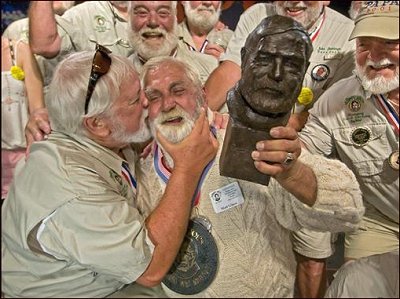
Matt Gineo – Papa Hemingway 2011
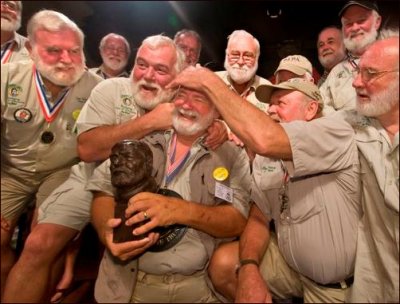
Charles Bicht – Papa 2010
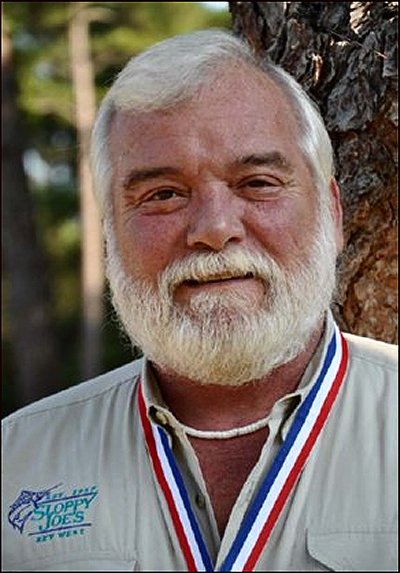
David A. Douglas – Papa 2009

Tom Grizarrd – Papa 2008

Larry Austin – Papa 2007
fleursdumal.nl magazine
More in: Ernest Hemingway
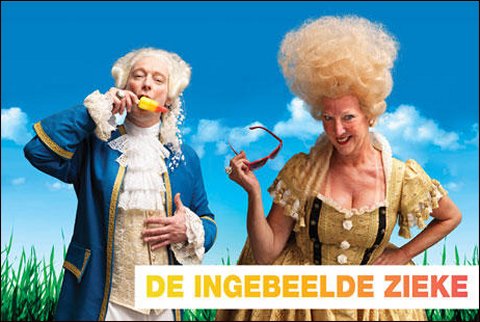
Nieuwe Tilburgse Stadsdichter Esther Porcelijn
speelt in de voorstelling De Ingebeelde Zieke van Molière
Molières De Ingebeelde Zieke, het grote publiekssucces uit 2009, komt voor de periode van 18 augustus t/m 25 september terug in de schouwburgen van Utrecht, Rotterdam en Amsterdam. De kaartverkoop is gestart. Jos Thie, artistiek directeur van De Utrechtse Spelen, regisseert dit stuk met hoofdrollen voor Paul R. Kooij, Loes Luca en Georgina Verbaan. Pers en publiek prezen de fraaie kostuums, het ingenieuze decor en het aanstekelijke spel. De voorstelling trok een record aantal van 22000 bezoekers in 5 weken. Alle reden om deze succesvolle productie met zijn grote cast, uitbundige aankleding en live muziek, uitgevoerd door barokorkest Musica Poetica onder leiding van Jörn Boysen, opnieuw in de theaters te brengen.
De Ingebeelde Zieke speelt zich af in Parijs. De rijke, gezonde, maar angstige ingebeelde zieke Argan slijt zijn dagen met het roepen om doktoren en het klagen over hun rekeningen die steevast op de consulten volgen. In de hoop op gratis medische verzorging wil hij zijn dochter Angélique uithuwelijken aan een onaantrekkelijke jonge arts. Zijn liefhebbende verzorgster Toinette en zijn tweede echtgenote Béline hebben echter heel andere plannen. Verwarringen en hilarische verwikkelingen zijn het gevolg in deze komedie.
Jos Thie maakt van De Ingebeelde Zieke een uitbundige, muzikale theateravond. Uitgangspunt vormt de originele barokmuziek, die Marc-Antoine Charpentier op verzoek van Molière componeerde. 350 Jaar lang waren deze partituren zoek, totdat John Powell ze in de jaren ‘80 terugvond in de archieven van de Comédie Française. Opvallend genoeg zijn de muziek van Charpentier en de daarop gebaseerde tussenspelen sinds hun ontdekking nauwelijks gebruikt als basis voor een hedendaagse theaterproductie. Eigen onderzoek van Thie en zijn artistieke team wijst uit dat de muziek en de ensceneringen van de entr’actes aan de basis lagen van de originele voorstelling uit 1673.
Cast:
Paul R. Kooij
Loes Luca
Georgina Verbaan
Martijn Fischer
Peter Blok
Vincent Croiset
Peter de Jong en Karel de Rooy (Mini & Maxi)
Hans Leendertse
Lidewij Mahler
Esther Porcelijn
Thomas Cammaert
En vijftien musici van barokorkest Musica Poetica onder leiding van Jörn Boysen
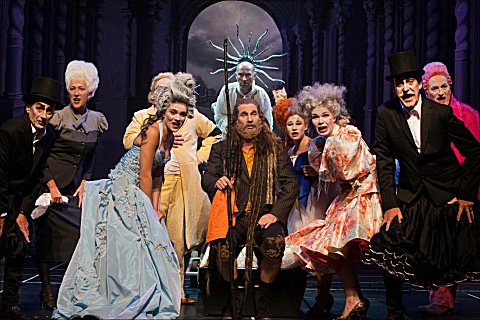
Vierde van rechts: Esther Porcelijn
Stadsschouwburg Utrecht – do 18 augustus t/m za 3 september 2011
De Rotterdamse Schouwburg – di 6 september t/m zo 11 september 2011
Stadsschouwburg Amsterdam– di 20 september t/m zo 25 september 2011
fleursdumal.nl magazine
More in: Porcelijn, Esther, Porcelijn, Esther, THEATRE

Het jongetje
‘Zachte dromen’ heet de beddenzaak waar hij langs fietst, een grauw jaren ’50 pand zonder fleur of kleur weerspiegelt allesbehalve zachte dromen maar een soort weemoedigheid die hij ook inwendig in tijden niet zo sterk gevoeld heeft als nu. In een poging de ramen het gewenste droomachtige uiterlijk te geven zijn er boven de naam van de winkel blauwe schilderingen op het glas gemaakt die ongetwijfeld als wolken bedoeld zijn maar hem nog het meest aan reuzenboemerangs doen denken. ‘Om iedere dromer de illusie te geven zich lichtjaren ver weg van alles te kunnen dromen om vervolgens toch iedere ochtend genadeloos terug te keren naar de droomloze realiteit’, denkt hij. ‘Hoe zien zulke bedden eruit?’. Hij stopt, zet zijn fiets tegen de muur, tuurt door het glas naar binnen. Onzichtbaar vanaf de straat, maar vanaf hier goed te zien, kijkt hij recht in het vervormde gezichtje van een klein jongetje, dat zijn hoofdje aan de andere kant tegen het glas perst, het neusje helemaal plat gedrukt. Ook zijn handjes heeft het zo hard mogelijk tegen het glas gedrukt zodat het lijkt of het kind tegen het glas is geplakt. Hij tikt vanaf de buitenkant zacht (om het jongetje niet te laten schrikken) tegen het glas om te testen of het daarop reageert. Het jongetje reageert totaal niet en lijkt verstijfd in zijn geplakte houding. Dan ziet hij het glas vlak voor zich en hij kan zijn ogen niet geloven; het glas is door zijn tikjes, als ware het zacht als klei, ingedeukt en vertoont de vormen van zijn vingerknokkels. ‘Dit is raar, aan de kant van het jongetje is het glas snoeihard en buiten is het soepel’ denkt hij in opperste verwarring gebracht hardop na. Hij bukt instinctief, pakt een heel klein steentje, gooit dat tegen het glas en ziet tot zijn verbazing dat het steentje zeker een meter met glas en al naar binnen buigt en daar als vorm blijft staan. Vlakbij ziet hij nu dat een vogeltje ook iets dergelijks is overkomen, zeker twee meter met glas en al naar binnen is gevlogen en daar is blijven hangen. Het kleine jongetje staat nog steeds als verstijfd met zijn neusje en vingertoppen tegen het glas gedrukt. ‘Dit kan niet waar zijn’ denkt hij ‘ik moet dromen’ en hij besluit bewust verder te fietsen en te gaan geloven dat dit niet is gebeurd, omdat het niet kan. Als hij vanaf de fiets nog even opzij kijkt valt het hem op dat er vanaf de straat niets vreemds meer is te zien behalve die weemoed in hem.
Freda Kamphuis
kempis.nl poetry magazine
© freda kamphuis 2011
More in: Kamphuis, Freda

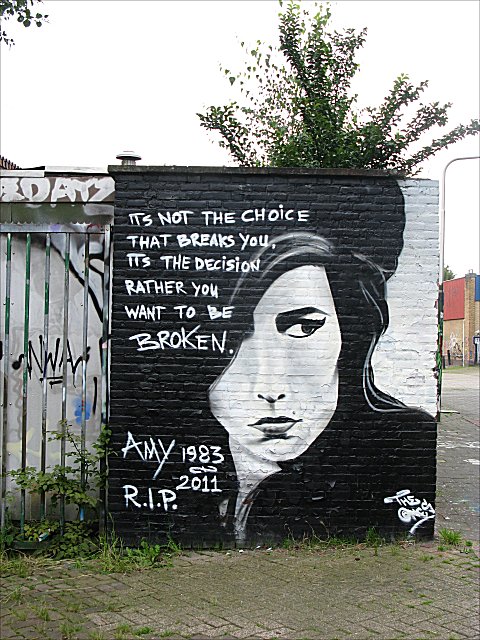
photos anton k.
Amy Winehouse graffiti
Its not the choice that breaks you, its the decision rather you want to be broken.
Amy 1983-2011 R.I.P.
Graffity, Tilburg NL, August 2011
flleursdumal.nl magazine
More in: Amy Winehouse, Amy Winehouse, Graffity, Street Art, Urban Art
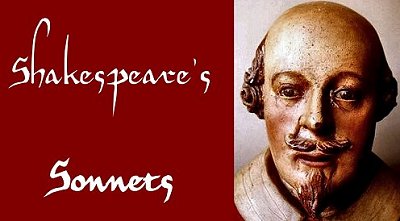
William Shakespeare
(1564-1616)
THE SONNETS
91
Some glory in their birth, some in their skill,
Some in their wealth, some in their body’s force,
Some in their garments though new-fangled ill:
Some in their hawks and hounds, some in their horse.
And every humour hath his adjunct pleasure,
Wherein it finds a joy above the rest,
But these particulars are not my measure,
All these I better in one general best.
Thy love is better than high birth to me,
Richer than wealth, prouder than garments’ costs,
Of more delight than hawks and horses be:
And having thee, of all men’s pride I boast.
Wretched in this alone, that thou mayst take,
All this away, and me most wretchcd make.
![]()
kempis.nl poetry magazine
More in: -Shakespeare Sonnets

Kunstenfestival Watou 2011
t/m 11 september 2011 vindt in het kunstdorp aan de Schreve voor de derde maal het Kunstenfestival Watou plaats
Verschillende curatoren, kunstenaars, dichters, schrijvers en illustratoren krijgen de kans om een karakteristieke locatie naar hun hand te zetten. Taal en beeld worden verwerkt tot unieke installaties.
Hilde Teerlinck, directeur van het FRAC Nord – Pas de Calais brengt een eigenzinnige selectie uit haar collectie naar Watou en stelt die tentoon in het Rusthuis. Willy Tibergien van het Poëziecentrum in Gent maakt een bijzondere keuze uit de hedendaagse poëzie, die te ontdekken is op verschillende locaties.
Het Kunstenfestival Watou is niet enkel tijdens de week een bezoek waard. Elk weekend zijn er diverse belevingsactiviteiten en kan u in Watou genieten van bijzondere events in het kader van kunst en poëzie, zoals een Poetry Slam, een boekenmarkt, voorleessessies of workshops.
Deze zomer brengt het Kunstenfestival Watou werk van: Nedko Solakov – Natasja Lefevre – Lies Van Gasse – Peter Theunynck – Renato Nicolodi – Araya Rasdjarmrearnsook – Ann Veronica Janssens – Bart Janssen – Rozalie Hirs – Tamara Van San – Erik Spinoy – Rainer Maria Rilke – Gerolf Van de Perre – Albert Pepermans – Hugo Claus – Philippe Parreno – Arnoud van Adrichem – Jana Beranová – Hendrik Carette – Charles Ducal – Esther Jansma – Ingrid Jonker – Marc Tritsmans – Reinout Verbeke – Eddy Van Vliet – Hagar Peeters – Maarten Inghels – Hester Knibbe – Anne Vegter – Jan H. Mysjkin – Michael Dans – Ulrike Heydenreich – Annelies Beck – John Albert Jansen – Wislawa Szymborska – Norbert Attard – Thomas Galler – Yves Velter – Maria Roosen – Elke Andreas Boon – Anna Enquist – Rutger Kopland – Tjitske Jansen – Herman De Coninck – Luuk Gruwez – Anno Dijkstra – Lut De Block – C. Buddingh’ – Remco Campert – Hubert van Herreweghen – Judith Herzberg – Geert van Istendael – Gerrit Kouwenaar – Lucebert – Els Moors – Roel Richelieu – Sara Bomans – Robert Barry – Olivier Blanckart – Dirk Braeckman – Elina Brotherus – David Claerbout – Berlinde De Bruyckere – Pierre Huyghe – Bertrand Lavier – Dmitri Makhomet – Raymond Pettibon – Joëlle Tuerlinckx – Delphine Lecompte – Xavier Roelens – Hans Op de Beeck – Vrouwkje Tuinman – Peter Holvoet-Hanssen – Charles Ducal – Gloria Fuertes – Paul Celan – Roland Jooris – Ingeborg Bachmann – Jacques Prévert – Anne Sexton – Rafaël Alberti – Robert Frost – W.H. Auden – Bert Schierbeek – Vladimir Nabokov – Stijn Vranken – Mark Insingel – Peter Verhelst – Eduard Escoffet – Leonard Nolens
fleursdumal.nl magazine
More in: Art & Literature News, FDM Art Gallery, MUSIC, THEATRE, Watou Kunstenfestival
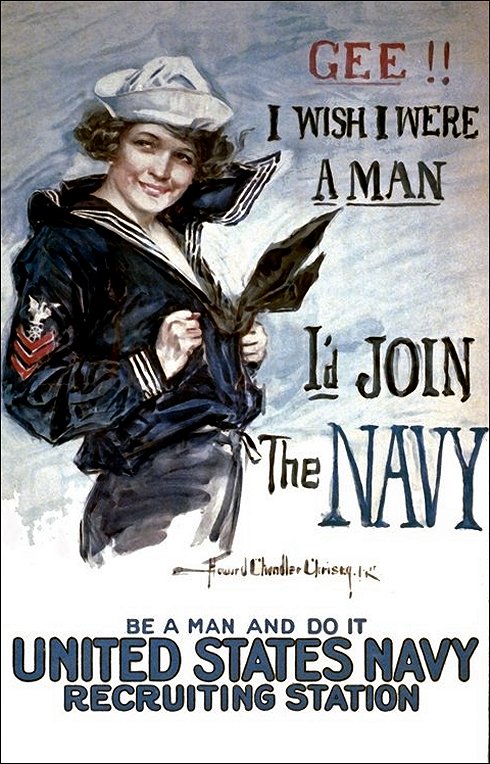
Gee!! I wish I were a man
Ready-mades – kempis.nl poetry magazine
More in: - Objets Trouvés (Ready-Mades)
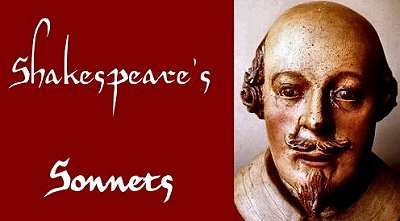
William Shakespeare: Sonnet 89
nieuwe vertaling Cornelis W. Schoneveld
Sonnet 89
Say that thou didst forsake me for some fault,
And I will comment upon that offence;
Speak of my lameness, and I straight will halt,
Against thy reasons making no defence.
Thou canst not (love) disgrace me half so ill,
To set a form upon desired change,
As I’ll my self disgrace; knowing thy will
I will acquaintance strangle and look strange,
Be absent from thy walks, and in my tongue
Thy sweet beloved name no more shall dwell,
Lest I (too much profane) should do it wrong
And haply of our old acquaintance tell.
For thee, against my self I’ll vow debate,
For I must ne’er love him whom thou dost hate.
Sonnet 89
Stel dat vanwege een fout jij mij ontkomt,
Dan meet ik mijn tekortkoming breed uit;
Noem je mijn kreupel, wel dan hink ik prompt
Bij jouw kritiek, die op geen weerstand stuit.
Mijn lief, jij kwetst mij nog niet half zo wreed
Met formuleren wat je anders wil,
Als waarmee ìk mij kwets; als ik het weet,
Dan smoor ik onze vriendschap en kijk kil,
Ontwijk je wandelpad, en op mijn tong
Ligt dan niet meer bemind je zoete naam,
Dat ik die niet onteerde en vals bezong,
En mogelijk onze vriendschap oud beaam.
Debat beloof ik dan met mij, voor jou,
Want ‘k mag nooit minnen wie jij haten zou.
Cornelis W. Schoneveld poetry in translation
kempis.nl poetry magazine
More in: -Shakespeare Sonnets, Shakespeare

A case of identity, experiment:
Zelda
jef van kempen 2011
fleursdumal.nl magazine
More in: Jef van Kempen Photos & Drawings, Photography
.jpg)
WIT LICHT
Wit licht uit de hutten
wit de witte graanschuren
wit de rode bomen, wit de zwarte dieren
wit de adem van het dorp
die wit boven de hutten van wit riet hangt
Het licht wit het stof van de zwarte straten
wit stof wit de bruine ezels
wit stof wit de zwarte kinderen
zwarte kinderen zijn wit
in wit licht
zwarte kinderen zijn witter dan wit
Het witte stof wit het licht
het witte stof van de witte straat
het witte stof
van de witbestoven ezels
het witte licht van de zwarte kinderen
die wit stof tegen het witte licht blazen
Ton van Reen
Ton van Reen: De naam van het mes. Afrikaanse gedichten In 2007 verschenen onder de titel: De straat is van de mannen bij BnM Uitgevers in De Contrabas reeks. ISBN 9789077907993 – 56 pagina’s – paperback
kempis.nl poetry magazine
More in: -De naam van het mes
Thank you for reading Fleurs du Mal - magazine for art & literature